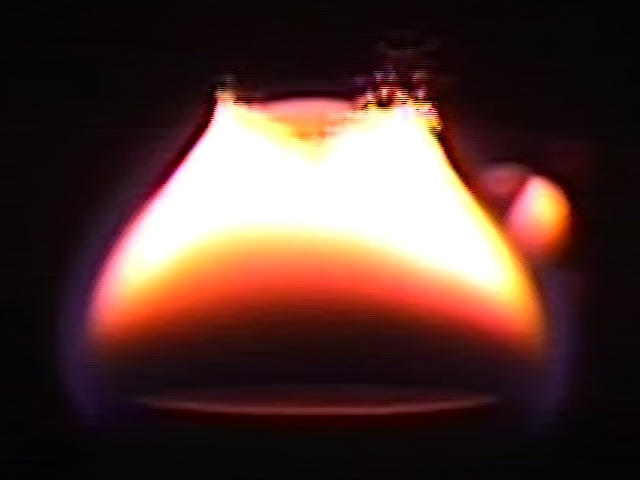UMD Fire Researchers Ignite the First of Two Space Station Experiments
After several years of research and planning, scientists in the Department of Fire Protection Engineering (FPE) at the University of Maryland (UMD) ignited their first flames on the International Space Station (ISS) on Friday, February 8. "Access to microgravity has been a game changer in several areas of fire research,” said FPE Professor and Co-Investigator Peter Sunderland. “By removing gravity, we can explore combustion physics in novel ways that will enable dramatic breakthroughs.” The experiment, called the Burning Rate Emulator (BRE), focuses on spacecraft fire behavior. BRE uses gaseous fuels to determine the flammability of solids in microgravity. The BRE burners — flat, round and porous with embedded heat-flux sensors — will allow measurements of burning rate, extinction characteristics, and radiative environments for a broad range of solids. The tests are expected to reveal valuable information about how materials such as paper and plastic in microgravity. Fire is a big unknown under space conditions of microgravity. As of February 9, the experiments burned for up to three minutes! "This is a first," said Sunderland. "Because it says you can have a sustained fire in microgravity - the test went well beyond our wildest dreams." "Researchers demonstrated that a small fire could be sustained in microgravity at 40% oxygen," said James Quintiere, BRE Principal Investigator and FPE Professor Emeritus. "At lower oxygen levels the flame eventually went out. These experiments and their analysis will help make space flight safe from fire." This experiment — supported by NASA, and coordinated by Dennis Stocker of NASA Glenn — was launched into orbit aboard the SpaceX Dragon capsule on June 3, 2017, and will continue to run through 2020. Additional team members include John deRis, Howard Baum (FPE Research Professor), Parham Dehghani (ME Ph.D. student), Eric Auth (FPE M.S. student) and James Muessig (FPE B.S. student).
Flame design in space may lead to soot-free fire - Washington University, St. Louis (09 May 2019) Gravity's grip on heat and fire to be studies in space - NSF (2017)
Related Articles: February 7, 2019 Prev Next |


